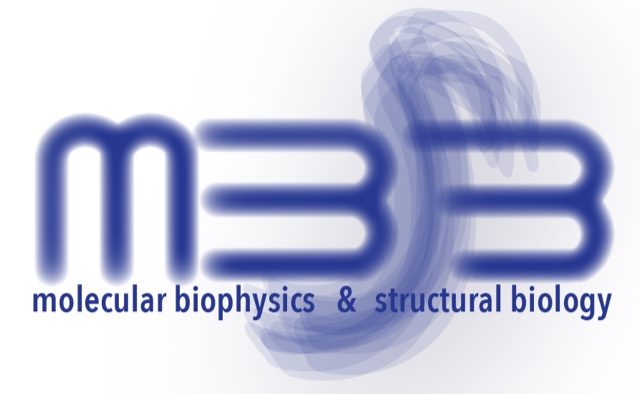
Université Libre de Bruxelles
Structure et Fonctions des Membranes Biologiques – CP 206/02
Campus de la Plaine – 1050 Bruxelles – Belgique
Office: 1C4.110
Phone: +32 2 650 53 83
Email: chloe.martens@ulb.be
Biography
Chloe Martens is a FNRS Research Associate (Chercheur Qualifié) at the Université Libre de Bruxelles (ULB, Belgium) since October 2021. She completed her doctoral studies in 2015 (ULB) and was awarded the Solvay Prize and the Hector Lepouse prize in recognition for the quality of her work. During her postdoctoral training at King’s College London, she developed new methodologies to study membrane proteins in near-native environments using different mass spectrometry based tools. The focus of research in her group is to understand the molecular mechanism of bacterial and human transporters involved in drug transport, and to develop methods allowing their study in experimental setups matching in vivo conditions. For more details, please check chloemartenslab.com.
Keywords
- Membrane Transport Proteins
- Protein dynamics
- H/D exchange coupled to mass spectrometry
- Lipid-protein interactions
- Structural Mass Spectrometry
Key Publications
A full publication list can be found on Google Scholar
- Jia, R#., Martens, C*,#., Shekhar, M., Pant, S., Pellowe, GA., Lau, AM., Findlay, HE., Harris, N., Tajkhorshid, E., Booth, PJ., Politis, A*.
Hydrogen-deuterium exchange mass spectrometry captures distinct dynamics upon substrate and inhibitor binding to a transporter.
Nature Communications 11, 6162 (2020). (#: co-first authors, *: co-corresponding authors).
This paper captures for the first time the dynamic signature that distinguishes a transported molecule from a non-transported, inhibitory one. HDX-MS is pivotal to identify such functional distinction at the molecular level.
- Martens C, Shekhar M, Lau AM, Tajkhorshid E*, Politis A*.
Integrating hydrogen–deuterium exchange mass spectrometry with molecular dynamics simulations to probe lipid-modulated conformational changes in membrane proteins.
Nature Protocols. 1-30. (2019).
This paper provides a detailed methodology to identify specific lipid-protein interactions responsible for the modification of the conformational landscape of membrane proteins, especially transporters.
- Martens C, Shekhar M, Borysik A, Lau AM, Reading E, Tajkhorshid E, Booth PJ, Politis A.
Direct protein-lipid interactions shape the conformational landscape of secondary transporters.
Nature Communications. 2018, Vol.9(1), p.4151.
This paper establishes that conformational cycling of secondary transporters is controlled by direct interactions between conserved networks of charged residues and specific lipids. Secondary transporters are ubiquitous and play essential roles in cell survival by ensuring nutrient import, detoxification and/or homeostasis.
NB: article recommended on F1000Prime and ranked as exceptional.
- Martens C, Stein R, Masureel M, Roth A, Mishra S, Dawaliby R, Konijnenberg A, Sobott F, Govaerts C* & Mchaourab HS*.
Lipids modulate the conformational dynamics of a secondary multidrug transporter.
Nature Struct. & Mol. Biology 2016, 23, 744–751.
This paper describes for the first time how the conformational cycling of a multidrug transporter is also controlled by interactions with the lipid environment.
- 5. Masureel M*, Martens C*, Stein R, Ruysschaert JM, Mchaourab HS, Govaerts C.
Protonation drives the conformational switch in the multidrug transporter LmrP.
Nature Chemical Biology. 2014, 10(2): 149-55 (*:co-first authors).
This paper describes for the first time how the conformational cycling of a multidrug transporter is controlled by the protonation of key acidic residues. Multidrug transporters play an important role in the emergence of antibiotic resistance of pathogenic bacteria.
